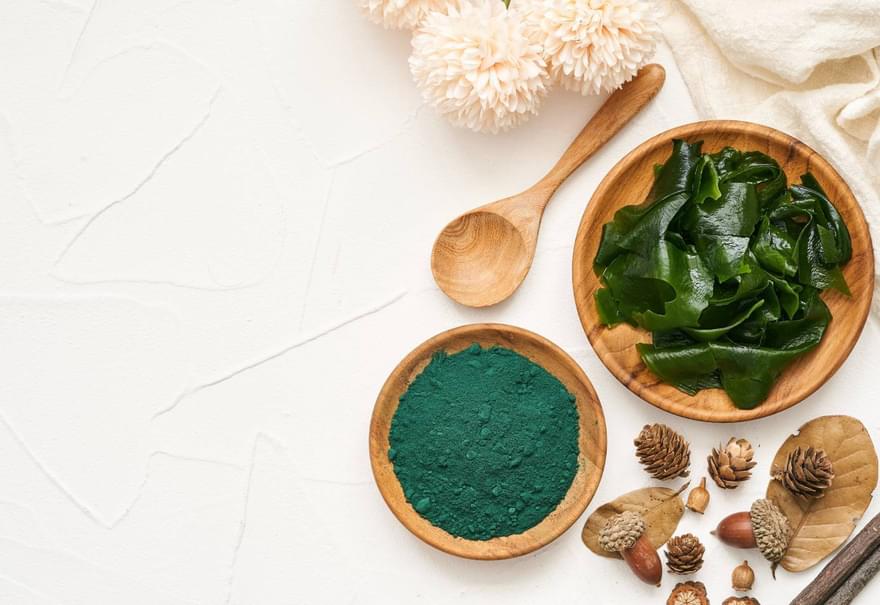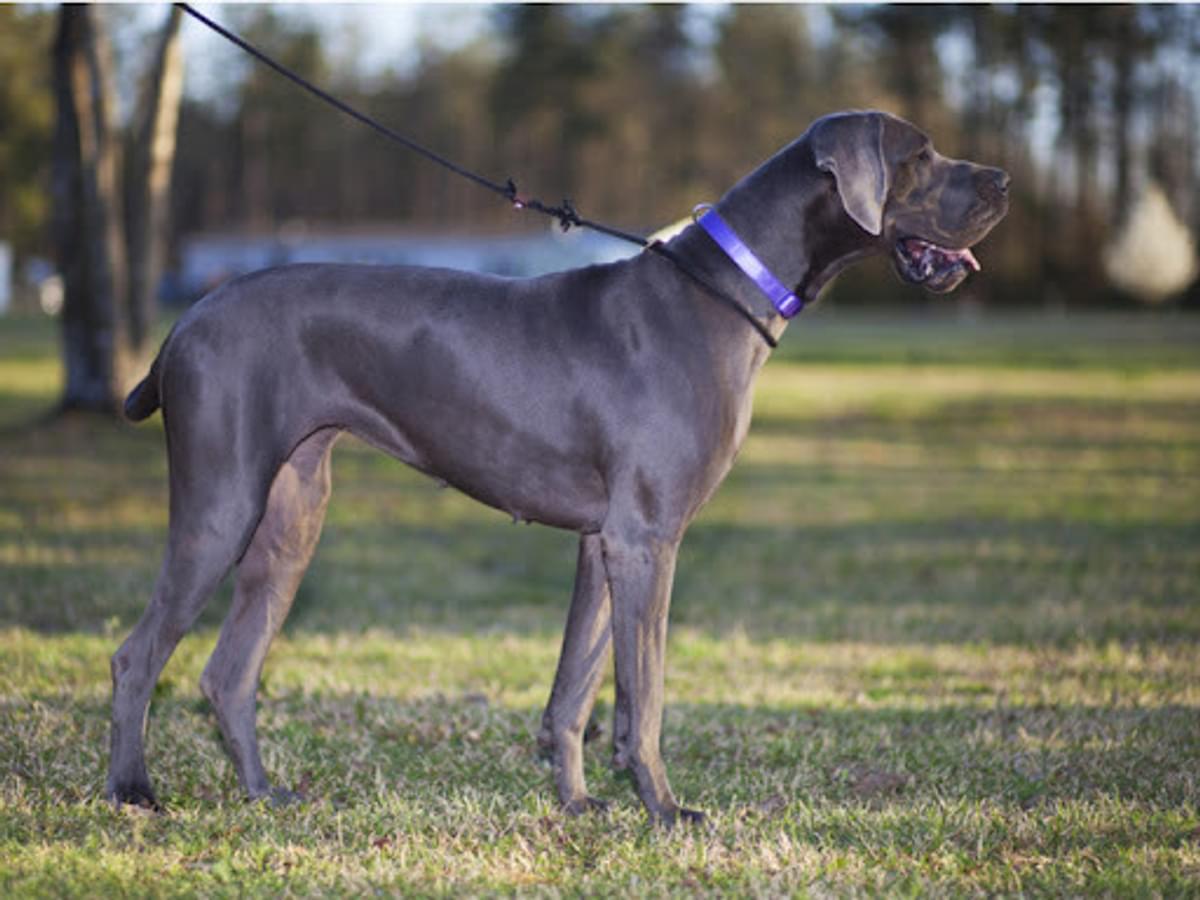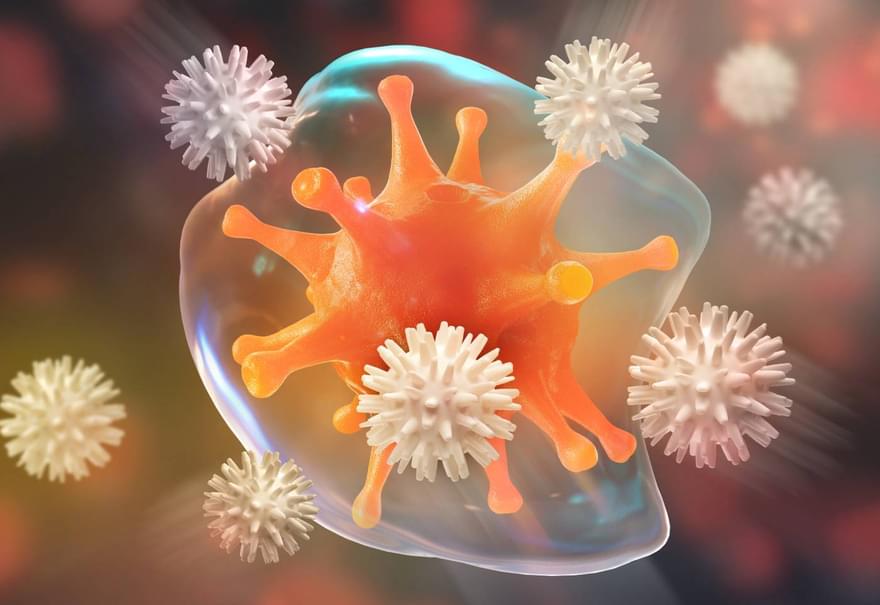
Sea Vegetables: A Garden Under the Sea for Your Dog?
Guest Blog: Anna Webb
Sea vegetables help sustain ecosystems, boost the planet’s oxygen supply, could these ‘veggies’ be good for dogs?
Guest Blog: Callum Russell
When it comes to exercising your dog, there are a few things you need to keep in mind. One of the most important yet often overlooked, is whether or not your dog has eaten.

When it comes to exercising your dog, there are a few things you need to keep in mind. One of the most important yet often overlooked, is whether or not your dog has eaten.
Many people think that it's fine to exercise their dog before or after meals, but the truth is that whilst for most dogs, it's okay, for some, it can be very dangerous and result in bloat or GDV (Gastric Dilatation Volvulus).
In this blog post, we'll take a look at everything you need to know about exercising your dog before or after eating. By the end, you'll be able to make an informed decision about what's best for your pup!
You may have heard the term "bloat" before and wondered what it means. GDV, or bloat, as is it more commonly known, is a serious condition that can be fatal without immediate medical intervention.
It occurs when your dog’s stomach becomes filled with either food, gas or fluid and twists; this prevents the air from being expelled, causing the stomach to distend, which in turn cuts off the blood supply both to the abdomen and other organs.
This is extremely painful for the dog and can result in death within hours if not treated immediately.
There’s a lot of debate about this and there are several different factors that can contribute to stomach torsion. The condition can affect any dog but often occurs in larger breeds, especially those with deep chests, as they have a higher height to width ratio. In fact, some breeds like Great Danes are over five times more likely to suffer from this condition.
Breeds that may be at risk include:
Great Dane
St Bernhard
Weimaraner
Irish Wolfhound
Doberman
Poodle
Golden Retriever
Labrador
Irish Setter
Gordon Setter
Greyhound
Although these breeds are prone to the condition, bloat can affect any dog with disastrous consequences and those weighing upwards of 100lbs have a 20% chance of bloat occurring
during their lifetime
Bloat usually occurs about 2 hours after eating a large meal, which is why it is inadvisable for walks after eating, but it can occur any time.
Other causes may include eating too quickly, large meals, stress and anxiety, drinking large amounts of water, raised bowls, and any family history of the condition.
The signs of GDV can appear suddenly and common symptoms generally include a distended hard belly, trying to, but unable to actually vomit; excessive drooling with restlessness or other vocal distress.
If you notice any one of these telltale clues in your pet after eating, it's essential to get them to the vet as soon as possible. Dogs can go into shock incredibly quickly when suffering from GDV and minutes could mean the difference between life and death.
Your vet will initially perform a scan to confirm the diagnosis, then try to release the pressure inside the abdomen by inserting a tube. At the same time, they will administer antibiotics and painkillers plus intravenous fluids for the shock; emergency surgery may be needed.
If the dog is stable after the initial treatment, they will still require an op to remove any damaged tissue and as this condition often occurs again once it has happened once your vet may decide to perform a Gastropexy. This is where the stomach is fixed to the wall of the body to prevent it from twisting again.
This procedure isn’t cheap, in fact, treatment for bloat can cost thousands of pounds and in some breeds, with a propensity to the condition such as Great Danes, a preventive Gastropexy is recommended at a young age.
This depends on several factors, such as activity levels, age, breed and whether they have eaten dry kibble, wet food or raw. Raw is easily the most digestible option, with wet food taking around 4-6 hours to pass through and kibble taking between 6-10 hours for your dog to digest.
So why does my pooch poop straight after eating? I hear you cry. This is called the gastrocolic reflex; this basically means that when newly eaten food enters the stomach, any waste is already in the intestine since the last meal needs expelling.
If you have a puppy or a dog that likes to go to the bathroom straight after eating, letting them into the garden or taking them on a short on-lead stroll to relieve themselves should be fine; just make sure there’s no running around or exerting themselves.
As we’ve mentioned above, dogs can quickly "bloat" if they eat a large meal and then indulge in strenuous exercise, so it’s advisable to wait at least an hour after feeding before taking your pup for a walk, longer if you have one of the breeds listed above or are going to be doing vigorous activities.
Letting your dog relax and digest food for at least 2 hours, especially if they have eaten a large meal, will help prevent bloat from occurring. Dogsbarn cover the topic of dog exercise thoroughly and provide useful information on a wide range of activities and requirements for different breeds.
Feeding After Exercise - What You Need to Know
Some people worry that exercising a dog on an empty stomach may cause them harm. However, dogs can go quite a long time without eating, so unless they have a medical condition such as diabetes, walking them in the morning before they have their breakfast won’t have them collapsing from exhaustion at the dog park.
Once again, it’s better to avoid feeding your pooch for about an hour afterwards to give their metabolism a chance to settle down. Inhaling air when eating can also cause bloat, so feeding your pooch after exercise can exacerbate this and, once again, should be avoided.

As a general rule of thumb, it’s best to walk your dog first thing in the morning and then wait an hour or so before feeding, then again in the evening a couple of hours after their evening meal.
Along with not feeding your dog too close to exercise, there are other things you can do to help prevent your dog from experiencing bloat; these include:
Feeding 2-3 smaller meals a day instead of one large one
Letting your dog have access to fresh water at all times will prevent them gulping it down, which can cause bloat, especially if your pooch is fed dry kibble, as this will absorb the moisture and expand.
Use a slow feeder to prevent Fido from eating too fast.
Do NOT use raised feeders - These enable your pup to eat faster and a recent study has shown they can increase the risk of bloat; find out more here.
Feed the proper diet. Research has shown that dried food with citric acid as a preservative, foods with a large quantity of fat, and excessively processed foods may all contribute towards bloat in certain circumstances. Feeding your dog a raw food diet keeps their digestive system in tip-top condition, making it less likely they develop bloat.
Older and nervous dogs are more prone to bloat, so it’s a good idea to find ways to reduce stress levels and if your pooch is getting on in years, try some of the tips we’ve mentioned.
Now that you know everything there is to know about exercising your dog before and after dinner, you can safely exercise them without worrying about any negative consequences.
Thankfully bloat is rare, but it’s a medical emergency and could be fatal for your canine companion if not treated immediately. Certain breeds are more likely to suffer from bloat or GDV, but it can affect any breed.
Luckily, you can do things that may prevent it, including feeding a quality diet, decreasing the size of meals, and not taking part in any vigorous exercise immediately before or after eating.
Just be sure to observe the timeframes we’ve outlined for you and keep an eye on your pup during their workouts–they should always be happy and healthy when they finish!

Guest Blog: Anna Webb
Sea vegetables help sustain ecosystems, boost the planet’s oxygen supply, could these ‘veggies’ be good for dogs?

Your dog's body is a sophisticated arrangement of organs, cells and proteins all tasked with safeguarding the body from infections. So what is the best way to support this unique system?

The rebrand comes with a captivating new packaging design that perfectly reflects ‘optimum raw nutrition for dogs’.